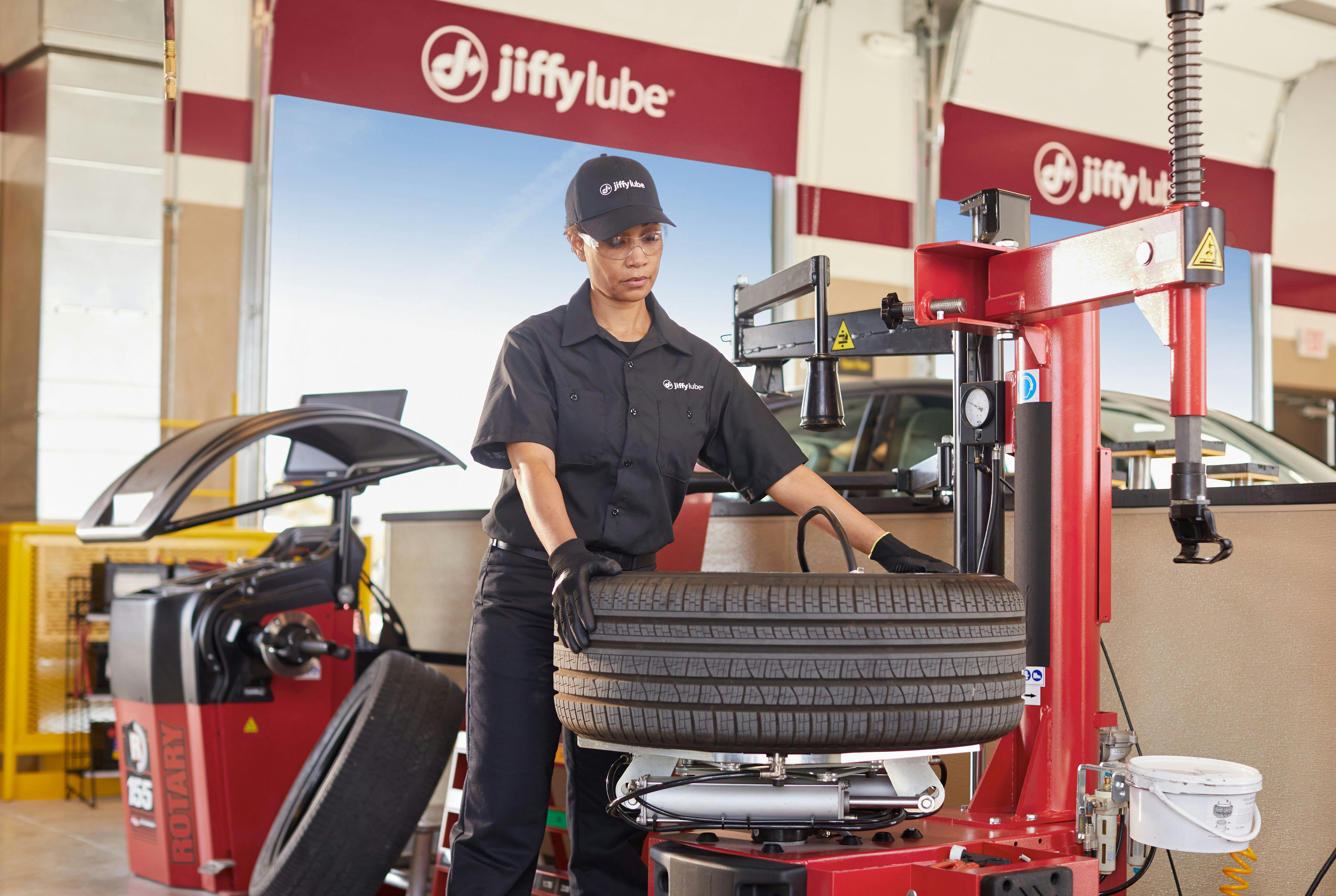“I love getting a flat tire!” — said no one ever. Whether a sharp object punctured the rubber or it’s low tire pressure, dealing with flat tires is a pain in the neck because you’ll be stuck on the side of the road putting on your spare tire or waiting for roadside assistance. So, you might be tempted to ask: “What happens if I drive on a flat tire?”
Ultimately, driving on a flat can dangerously reduce your vehicle's handling and may cause structural damage to the wheel, compromising your safety and leading to costly repairs. If you suspect a flat tire, immediately pull over to a safe location and assess the situation.
However, this applies to regular tires. If you equip your vehicle with “run-flat” tires, you could take your vehicle to the nearest auto repair shop or a safe, level area without immediately pulling over to the side of the road.
Understanding Tire Design
Both “run-flat” and regular tires have notable design differences and serve different purposes. Let’s look at each one:
Regular Tires
Regular tires — also known as conventional tires — are designed with a construction that consists of an outer rubber tread for study traction, an inner fabric or steel belt to provide strength and stability, and an inner tube filled with air. These tires rely on air pressure to support the vehicle’s weight and provide a cushioning effect for a smooth ride. Regular tires are known for providing an excellent grip, a quiet driving experience, and a wide range of options in terms of tread patterns, sizes, and performance ratings, catering to different driving habits. So, if you're looking for a straightforward tire option that gets the job done, regular tires have got you covered!
However, after a regular tire is punctured, it becomes unsafe to drive on as the loss of air pressure affects its performance and handling. You need to pull over as soon as possible to change the tire, replace it with your spare tire, or call roadside assistance to help.
Run-Flat Tires
Run-flat tires are specifically engineered to allow a vehicle to continue driving even after a puncture or loss of tire pressure. How far can you drive on a run-flat tire? It depends on the tire manufacturer’s specifications. But generally, you can go up to 50 miles at no more than 50 mph, allowing you to reach a safe location or a nearby tire repair shop. The run-flat tire essentially turns into a spare tire without having to install a spare!
So how do these tires do this? Run-flat tires are constructed with reinforced sidewalls featuring additional layers of heat-resistant rubber and stiffening materials that can temporarily support the vehicle’s weight, even when air pressure is lost. Some run-flat tires also feature a self-sealing compound that can temporarily seal small punctures, further extending their functionality.
However, due to their thicker design, run-flat tires tend to have a stiffer ride. Additionally, run-flat tires have fewer options and are usually more expensive than regular tires.
How to Prevent Flat Tires
So how do you help avoid the inconvenience of a flat tire? Well, you may not be able to completely prevent a flat tire (life happens, after all!), but you can take some preventative measures to minimize your chances of experiencing this situation:
-
Check your tire pressure: Checking tire pressure is one of the easiest and most effective ways to ensure your tires aren’t overinflated or underinflated. Just get a tire pressure gauge and check your tire pressure once a month to see if it meets your manufacturer’s tire pressure recommendations, which you can find in your owner’s manual or inside the driver-side door jamb. For an accurate reading, check the pressure when the tires are cold.
-
Inspect your tires: Visually inspect your tires regularly for tread wear and signs of damage — e.g., cracking, bulging sidewalls, and bubbles. If your tread depth is too low or you notice some damage, take your vehicle to your local automotive professional for service.
-
Rotate your tires: Routine tire rotation can help extend your tire treads’ lifespan, prevent uneven tire wear, and avoid traction loss. Most tire manufacturers recommend a tire rotation every 5,000 to 8,000 miles but always check your owner’s manual to find your vehicle’s specifications.
-
Don’t exceed the tire load limit: Heavier loads strain your tires, and exceeding their load limit could result in a blowout. You can find the maximum load rating printed on the sidewall.
-
Watch for road hazards: Roadways are always fraught with potential hazards, from large potholes to small pieces of glass, so keep an eye out. While you can’t always detect objects, nails, or other sharp objects, avoiding areas such as construction zones can help keep your tires from punctures.

Repair or Replace Your Flat Tire at Your Local Jiffy Lube
Flat tires can be a huge headache, but when you bring your vehicle to your local Jiffy Lube® for tire service, we’ll make sure you get back on the road in no time. Our trained technicians will inspect your tire to determine whether a repair or replacement is required. Whatever the case, we’ll repair or replace your tire according to your tire manufacturer’s recommendations, to help ensure a safe, reliable driving experience.
NOTE: Not all services are offered at all Jiffy Lube service centers. Please call ahead or check jiffylube.com to ensure the service is available at the Jiffy Lube location near you.


